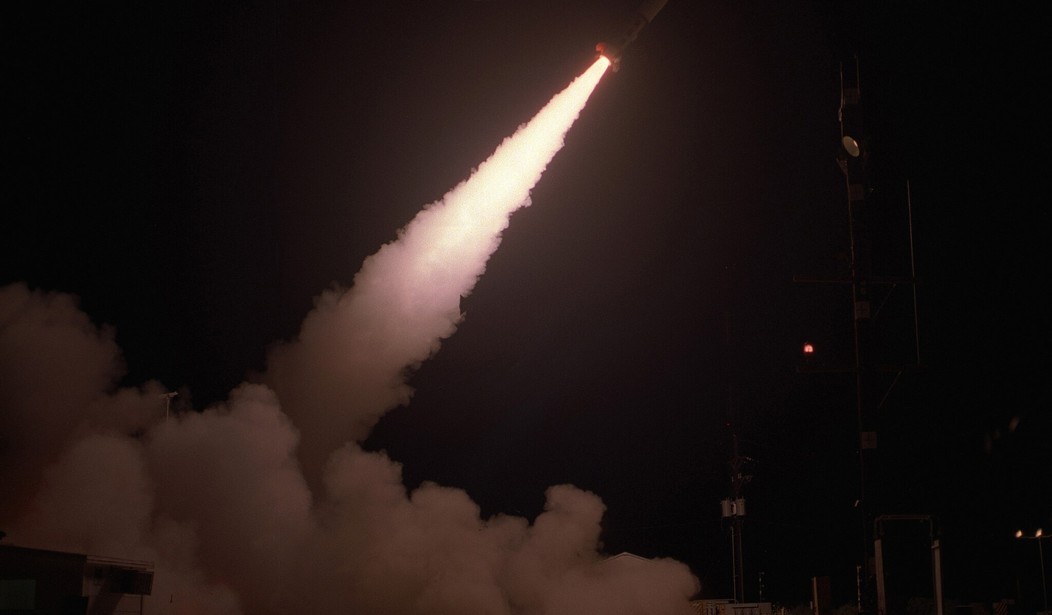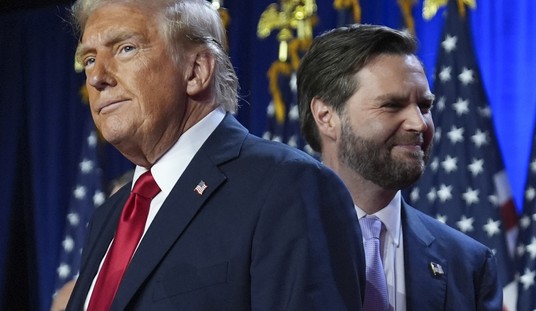Joe Biden sent an unknown number of Army Tactical Missile Systems — ATACMS — to Ukraine in what Russia is bound to see as a serious escalation. The previous range of U.S. missiles to Ukraine was 93 miles. The ATACMS have a range of nearly 200 miles and can carry cluster munitions that are capable of virtually destroying an airfield.
Forbes describes the ordinance as “a two-ton, 13-foot ballistic missile with a solid rocket motor and a warhead containing 950 grenade-size submunitions.” The Ukrainian army deployed the missile for the first time last night, lobbing three of the missiles at the Russian airfield in Berdyansk, in southern Ukraine.
Biden had been back and forth on whether to supply the ATACMS to Ukraine, worrying that Kyiv would use them to attack targets inside Russia. Using American-made arms to directly hit Russian military assets inside Russia risks an escalation by Putin that could involve the U.S. in a shooting war.
The missiles were secretly shipped to Ukraine, hoping to take the Russians by surprise and prevent them from moving military assets out of range. It worked better than either the Ukrainians or the Americans could have hoped.
“It’s not a wunderwaffe,” analyst Brynn Tannehill wrote about ATACMS back in September. “It will not singlehandedly win the war. But oh wow, will it complicate things for the Russians. ATACMS can hit everywhere in occupied Ukraine (including Crimea) with minimal warning.”
The M39 with its nearly 1,000 submunitions is an area weapon. It doesn’t punch through concrete and steel the way, say, a British-made Storm Shadow cruise missile does. No, it sprinkles its submunitions across potentially thousands of square yards.
It’s not for no reason that, when it tested the M39, the U.S. Army aimed the missile at a mock airfield where the service parked old helicopters and trucks. Footage of the test depicts submunitions tearing into the vehicles.
Russian President Vladimir Putin is in China, still begging Chinese President Xi Jinping for weapons and assistance. He took the news of the new element in Ukraine’s arsenal exactly as expected.
“Firstly, this of course causes harm and creates an additional threat. Secondly, we will of course be able to repel these attacks. War is war,” Putin said.
“But most importantly, it fundamentally lacks the capacity to change the situation on the line of contact at all … This is another mistake by the United States.” Putin claimed that the U.S. supplying ATACMS to Kyiv “just prolongs the agony” for Ukraine.
He noted that the United States had sent two aircraft carrier groups to the Mediterranean in response to the explosion of violence between Israel and the Palestinians, and said he had ordered Russian planes with Kinzhal hypersonic missiles to patrol over the Black Sea.
Putin said it was good that the West was starting to talk about the need to solve the Ukraine crisis by peaceful means, though he did not cite examples.
Russia has long said it is willing to negotiate, but only if Kyiv accepts “new realities”, meaning Moscow’s occupation of more than a sixth of Ukraine.
Russian “red lines” have proved to be less stringent than many military analysts believed at the beginning of the war. But ATACMS was high on the list of weapons that the U.S. was not to supply Ukraine. The reason is simple: the ATACMS can hit targets inside Russia.
The Brookings Institution doesn’t think that should deter the U.S. from supplying ATACMS to Ukraine.
It is an absurd war in which the Russian military can hit targets, military or civilian, throughout Ukraine while seeking to somehow bar Ukraine from striking targets in Russia. However, Kyiv has indicated that it will play by those rules, at least when it uses Western-provided weapons. The Ukrainians would like to get the 200-mile range Army Tactical Missile System, known as ATACMS, which would allow them to strike Russian targets anywhere in occupied Ukraine
While Ukraine is maintaining its policy of not directly attacking Russia, what about six months from now? A year? What will the situation on the ground look like?
Tying Ukraine’s hands might work in the short term. But if Ukraine is serious about taking back territory that Russia haswon, those ATACMS will come in handy. What of their promises then?










